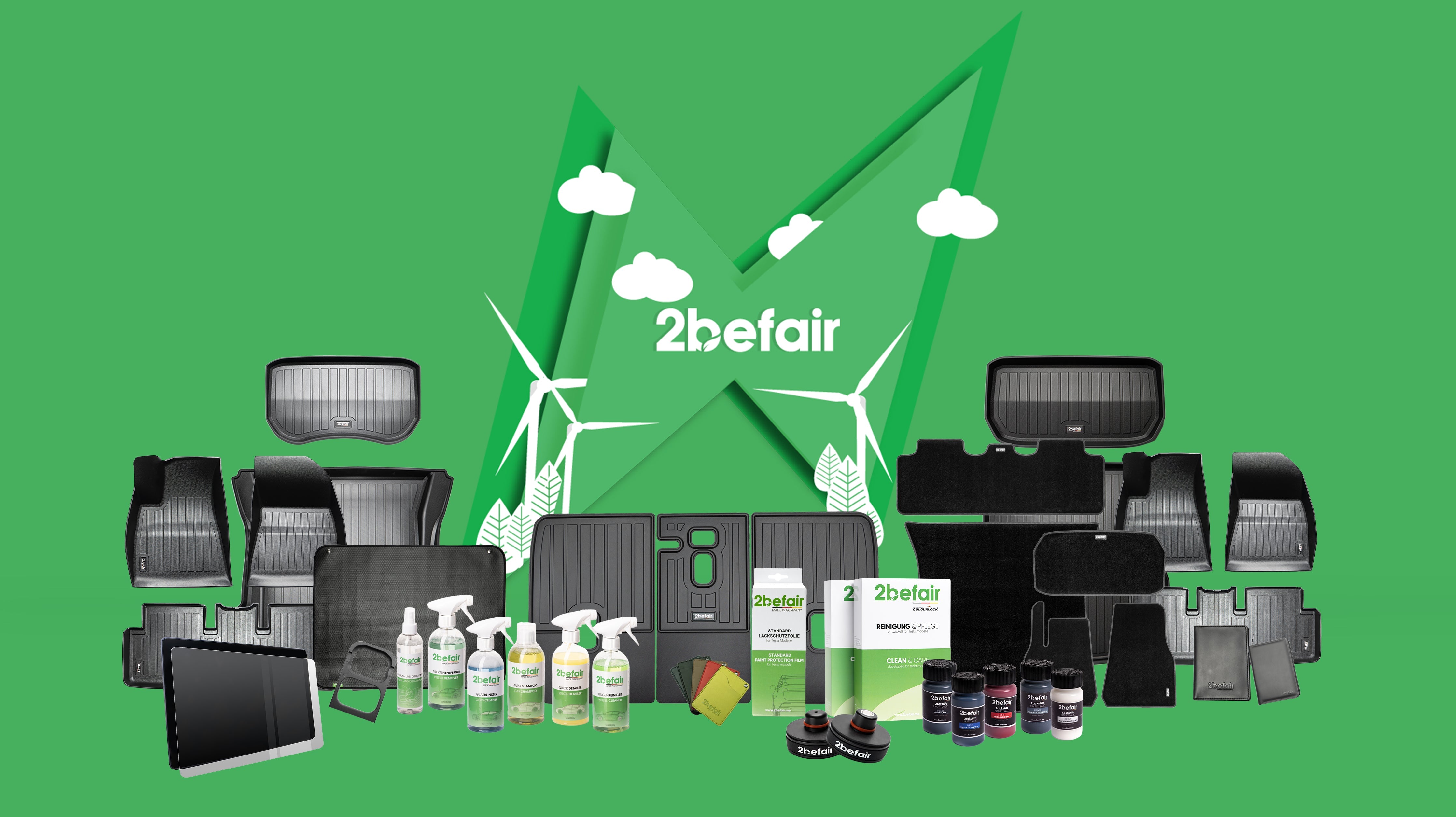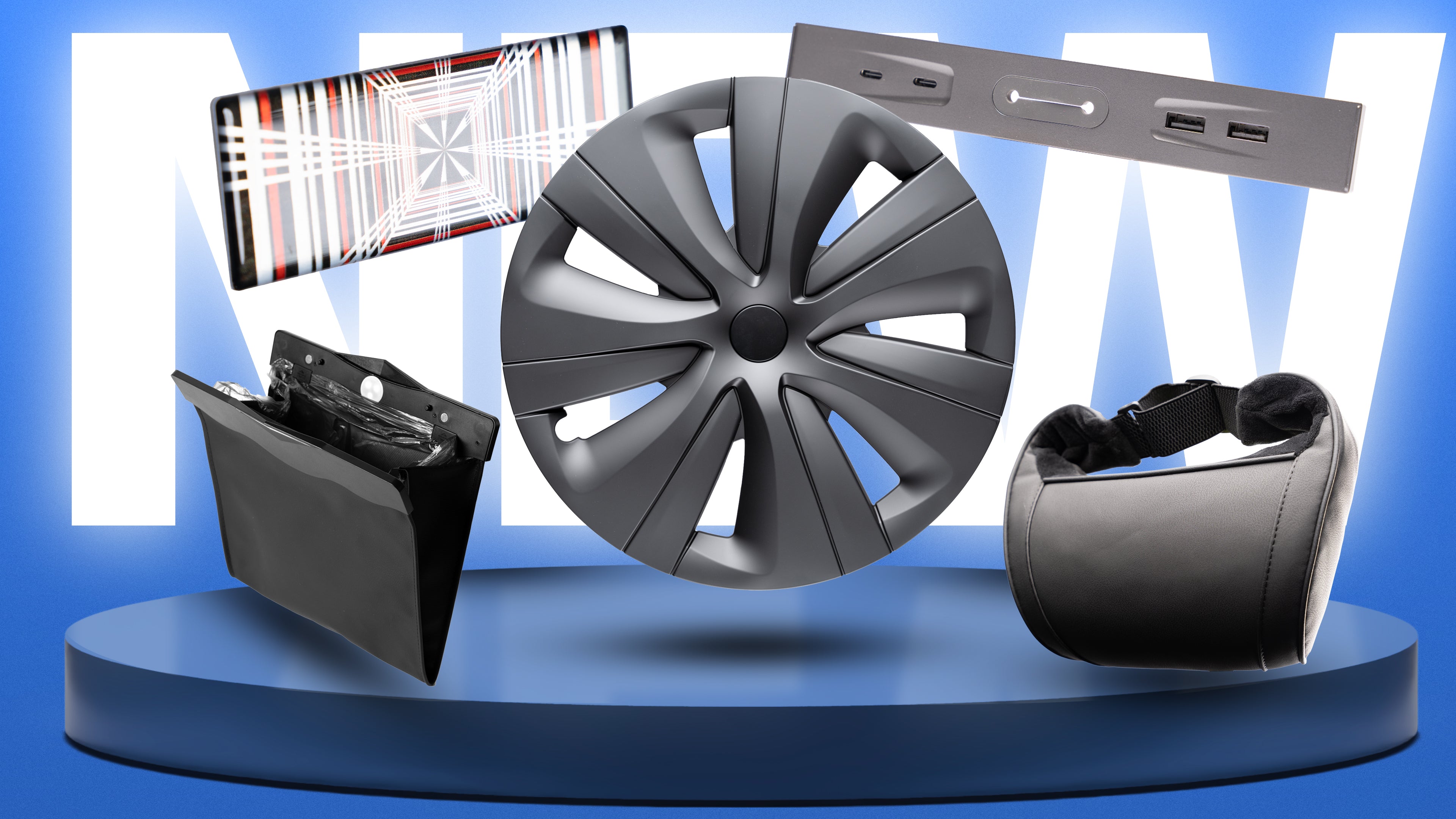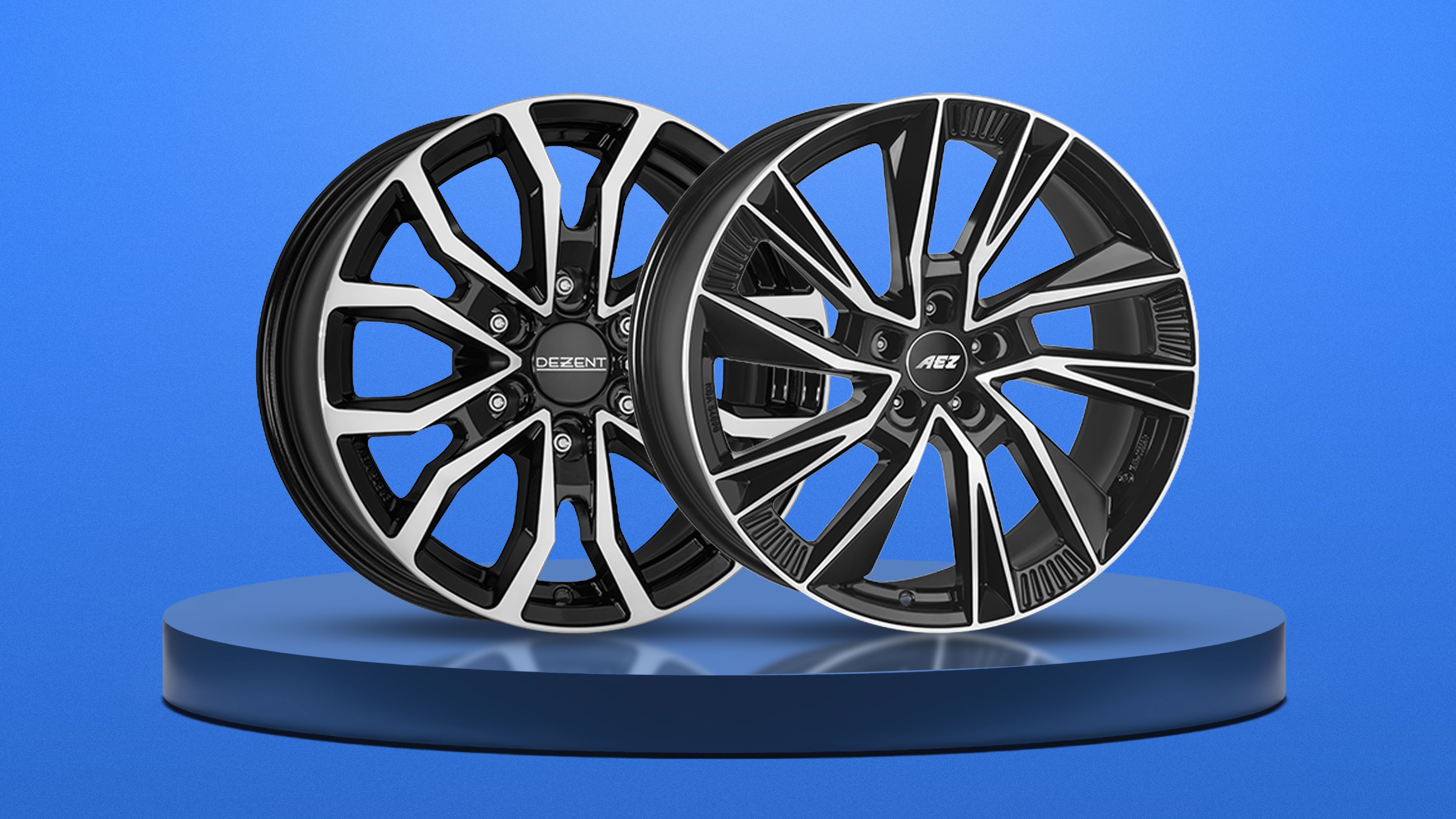How does Tesla manage to bring new vehicles into series production faster and faster? The record ramp-up of the Model Y in Giga Shanghai provides the answer: Six weeks were enough to go from start-up to full capacity – faster than ever before at Tesla. We show you what is behind the speed and why it is also exciting for European customers.
From "Production Hell" to Takt King
Lessons from the Model 3 Debacle
-
2017/18: Over-automation and battery bottlenecks delayed the Model 3.
-
Costly rework taught Tesla to combine automation and people more effectively.
-
Result: modular factory design, shorter cycle times, flexible lines for future models.
Giga Shanghai as Efficiency Benchmark
-
Factory is considered internally as a "product" – each new build adopts optimized processes.
-
Multi-stage pre-testing: Systems are virtually run in before they start in reality.
-
Local supplier network shortens logistics and reduces costs.
Six-week ramp-up – how does that work?
| Phase | Duration | Core Activities |
|---|---|---|
| Pre-series Run | 1 week | Test bodies, fine-tune quality gate |
| Shift Expansion | 2 weeks | Add lines 2 & 3, ramp up personnel |
| Full Load Validation | 3 weeks | Final inspection, synchronize supplier cycles |
Core Drivers
-
Simulation & Digital Twin for each robot module
-
Unified Model-Y Platform (also for future "E41" low-cost variant)
-
Real-time data analysis: detect failure patterns & perform preventive maintenance
What does this mean for Tesla's future?
Cybercab Factory in North America
Tesla plans to have a self-driving Cybercab roll off the line every five seconds starting in 2026 – thanks to even higher automation and Shanghai know-how.
Relevance for Europe
-
Giga-Berlin continuously receives software and process updates from Shanghai.
-
Faster ramp-ups reduce manufacturing costs, enabling lower prices in the long term.
-
German buyers benefit indirectly from shorter delivery times and more stable quality.
Conclusion
With the six-week Model-Y ramp-up in Shanghai, Tesla impressively demonstrates how much production competence has evolved since the "Production Hell." The lessons learned flow into future factories and models – a good sign for all those hoping for further innovations and price advantages.






































